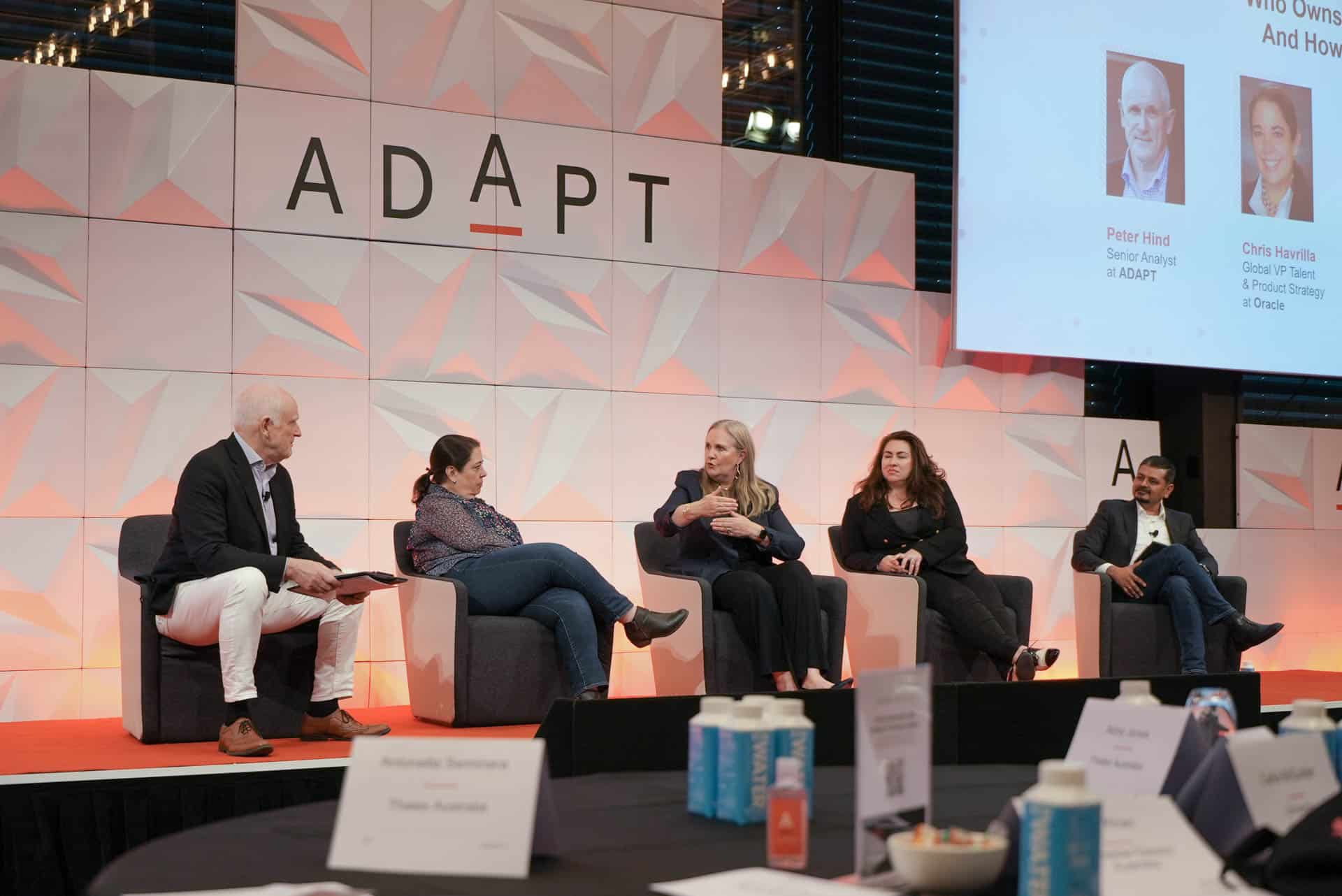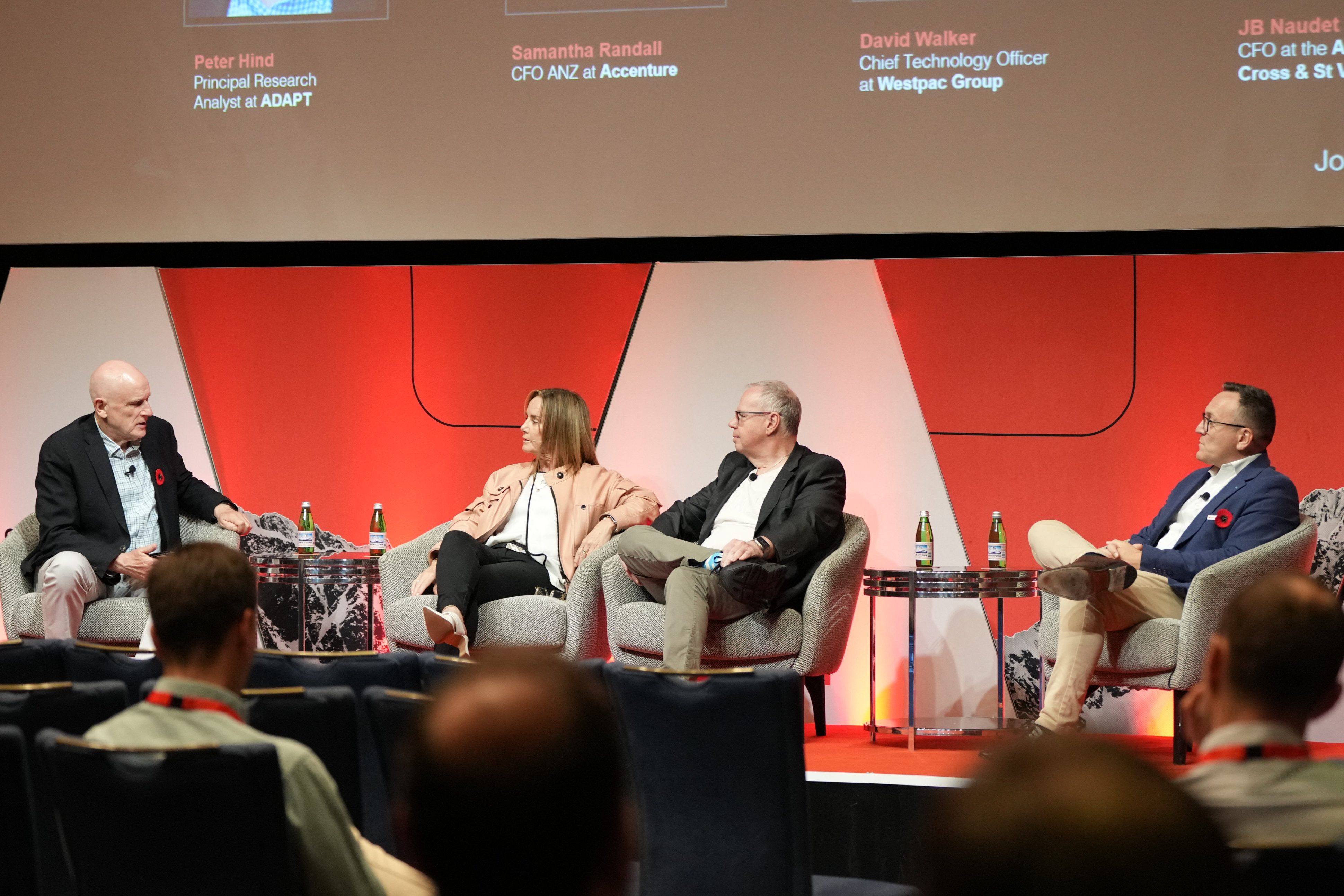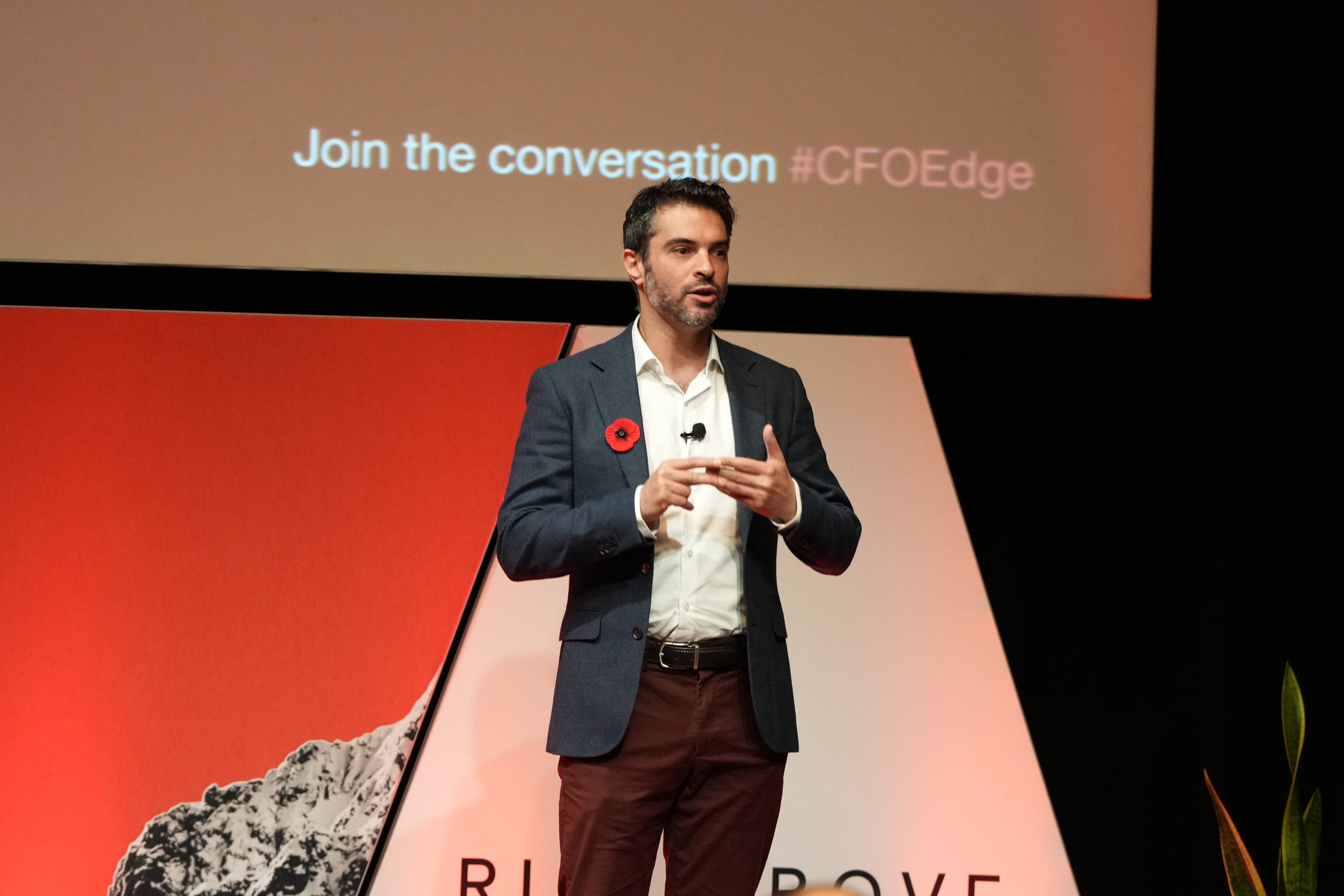Who owns Employee Experience?
Employee experience must be jointly owned by managers and employees. It still comes down to building and maintaining relationships between managers and employees in order to personalise and empower the employee experience.
REA Group’s Chief People and Sustainability Officer, Mary Lemonis, discusses how technology can enhance employee engagement by promoting connection and enabling shared value. Havrilla points out, that technology should allow employees to make decisions and take action.
She states that sometimes technology has made our lives more difficult. People must know what to do and why, and be held accountable for the outcome, not the output. MIT CISR’s Research Scientist, Kristine Dery believes that it is crucial to measure value in a hybrid model.
According to ANZ Bank’s Technology Executive, Vinit Jha, employee experience is a blend of culture, technology, and environment. When using data to track employee experience, monitoring performance is not the goal, rather helping employees become aware of what they’re missing and how their time is being used.
In this way, data can be used for individual choices about what to change and how to change it.
Best Practices for Hybrid EX
Kristine Dery believes we need to create technology that not only supports the work you’re doing, but also enables you to be actively involved in redesigning how your work is done, and it needs to be as easy to use for employees as it is for the customers.
Vinit Jha believes there are four key areas:
- Invest in digital wellbeing, people and culture
- Involve people in decision-making through human-centred design
- Inspire using tools fit for purpose
- Embrace and accelerate digital change
Key Takeaways:
- Personalising and empowering employee experience comes down to the quality of the manager/employee relationship by building trust and connection.
- Technology needs to help employees make decisions and take action. It should be easy to use and allow for choice.
- Use data to measure employee engagement and focus, not as a form of compliance but to highlight areas that might be missing and allow for personalised choice in how we work based on data insights.

































